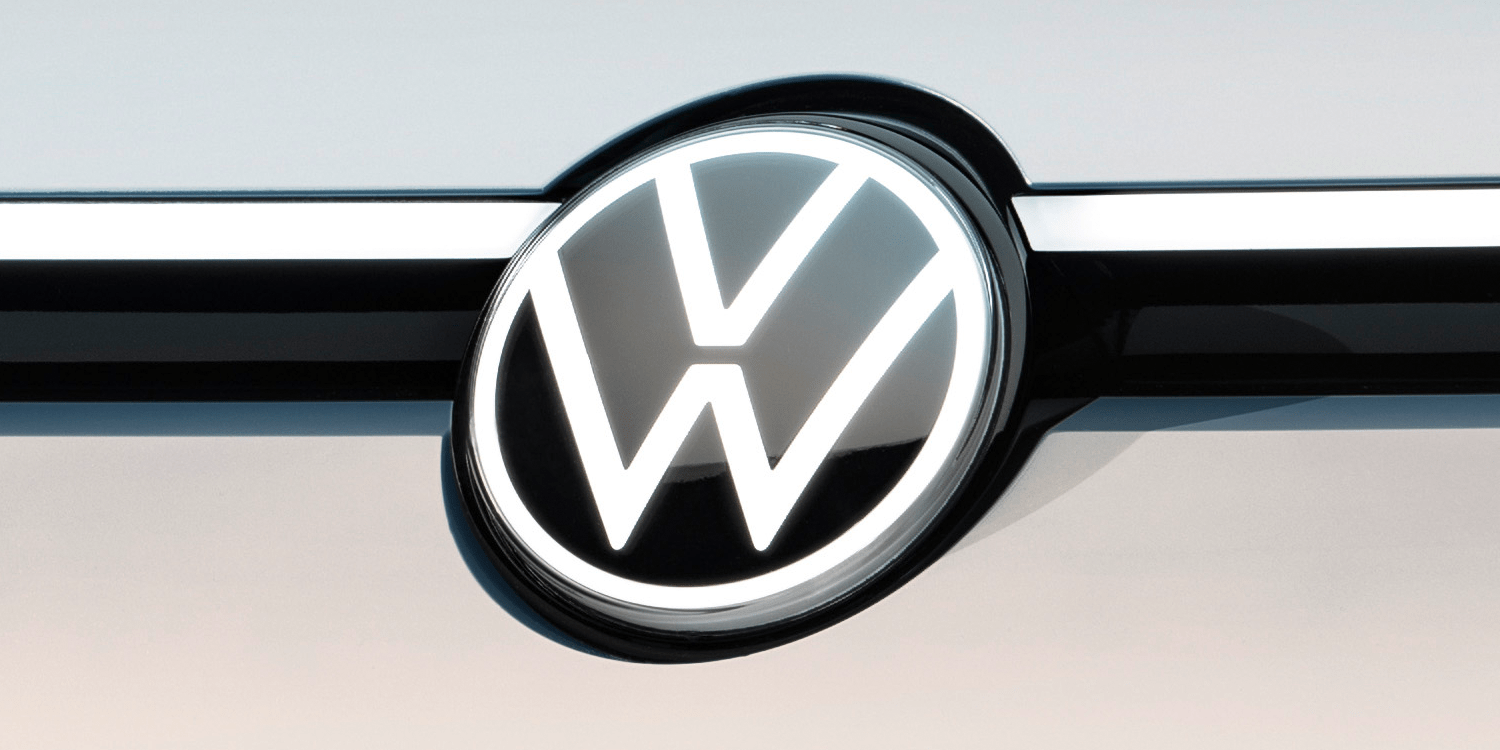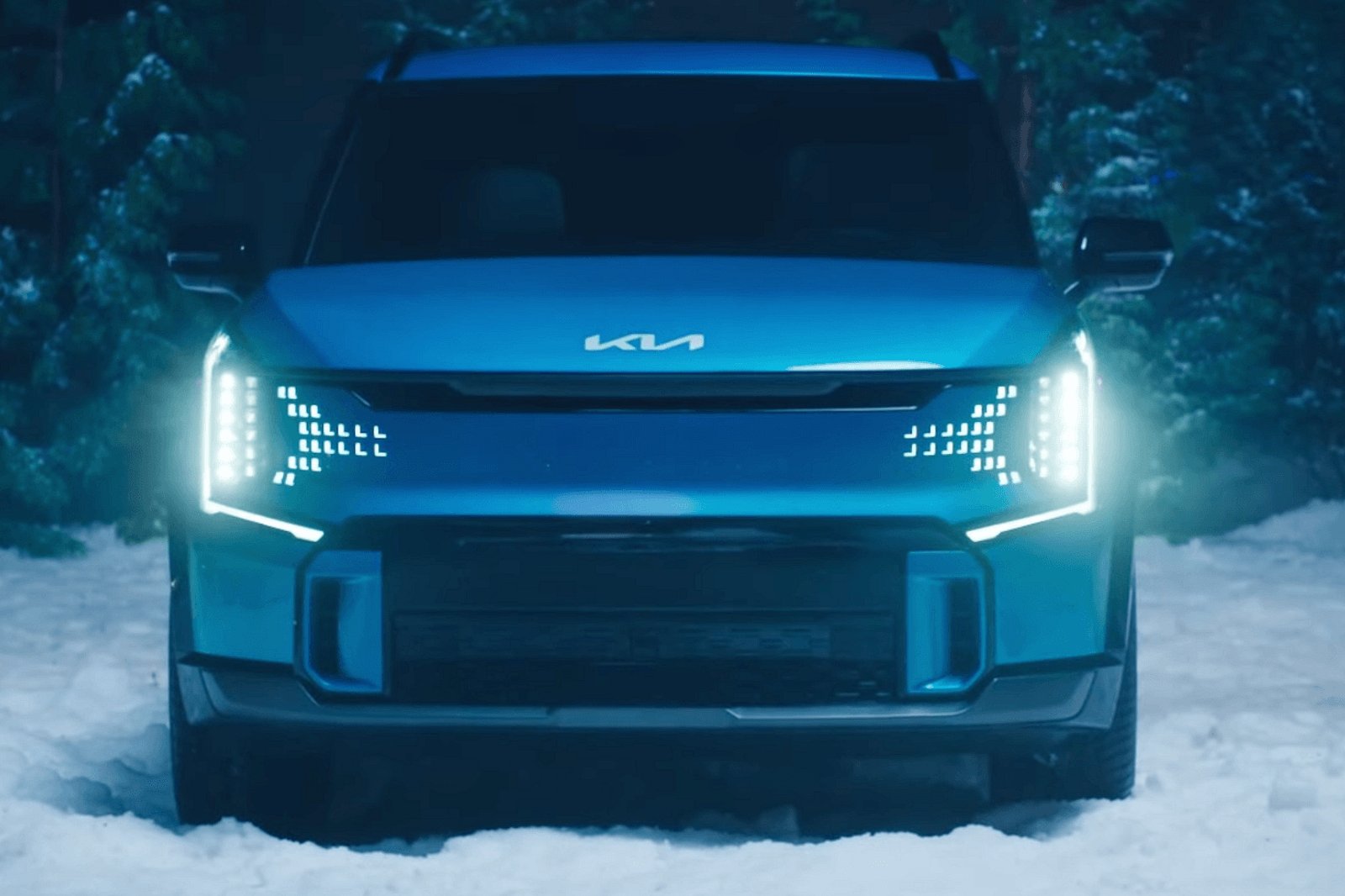The Australian government is considering implementing stricter emissions standards for new cars and light commercial vehicles starting from January 1, 2025. The final phase of consultations is set to conclude on March 4, 2024, with three options currently under consideration.
According to reports from Australian media, the government in Canberra appears to favor a middle-ground approach, which would establish fleet limits of 141 grams of CO2 per kilometer for new cars and 199 g/km for light commercial vehicles by 2025. These limits would gradually decrease to 58 g/km and 81 g/km respectively by 2029. Additionally, car manufacturers falling below the specified targets would receive CO2 credits, which they could sell to other manufacturers failing to meet the standards.
See also: Australia Sets EV Sales Record in 2023, but SUV Dominance Persists with Emission-Intensive Choices
A more stringent option proposes fleet limits of 34 g/km for cars and 56 g/km for vans by 2029, targets likely achievable only with electric vehicles and plug-in hybrids.
The proposed system, known as the New Vehicle Efficiency Standard (NVES), resembles the CO2 pooling mechanism used in the EU. Under this system, manufacturers would be incentivized to sell more electric and hybrid vehicles to offset higher-emission vehicles or face penalties. Minister for Climate Change and Energy, Chris Bowen, suggests a penalty of approximately 100 Australian dollars per gram of CO2 per kilometer, equivalent to 60 euros per gram of excess CO2 emissions per kilometer driven. Alternatively, manufacturers could acquire CO2 credits from other carmakers.
Bowen emphasized that the standards would not directly prohibit the sale of heavy four-wheel drive vehicles and vans with high emissions but would make them financially less appealing. He stated, “[Car makers] have to meet an average across their fleet. It’s not a restriction on what Australians can buy. You can still buy a ute, an SUV, whatever you like.”
See also: Australia Mandates Stringent Standards for New EV Charging Stations
However, the proposed targets for cars are notably stricter compared to vans and minibuses, as off-road vehicles common in rural Australia are grouped together with compact cars and SUVs, prevalent in urban areas. This could place pressure on manufacturers such as Toyota, Ford, Nissan, and Mitsubishi, which sell a significant number of high-emission vehicles.
The implementation of these standards may lead to increased demand for large pickups, which fall under the light commercial vehicle category and consequently have higher CO2 targets.







